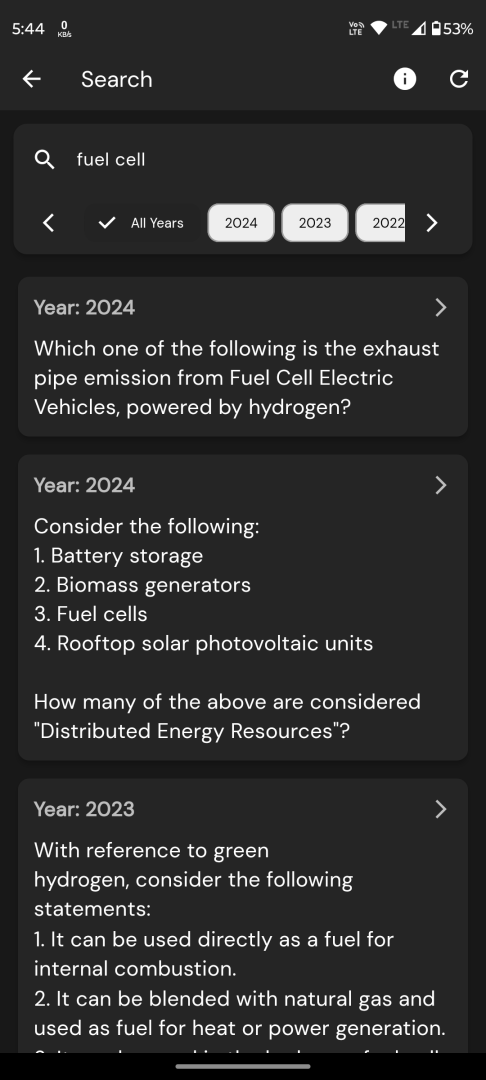Q. The pulse variety ‘Pusa Arhar 16′ has the potential to be grown in the paddy-growing of Punjab, Haryana and Uttar Pradesh and eventually in all of India.
Its yield (about 2000 kg/hectare) will be significantly greater than those of the existing varieties and because its size will be uniform, it will be amenable to mechanical harvesting, an attractive feature for farmers in northern India who currently use this technology for paddy. Most important, Arhar straw, unlike paddy straw, is green arid can be ploughed back into the soil. In Paddy straw, the problem is the high silica content, which does not allow for easy decomposition. In the case of Arhar, the farmer, even after combine harvesting, just needs to run a rotovator to cut the leftover straw into pieces, which can be ploughed back and will decompose very fast.
All this is difficult with leftover paddy stalks that cannot be easily salvaged or ploughed back. Farmers, therefore, choose the easiest option of simply burning it.
Q1. Which of the following are the most rational inferences that can be made from the passage?
1. Farmers’ income will be higher with pulse cultivation than with paddy cultivation.
2. Pulse cultivation causes less pollution as compared to paddy cultivation.
3. Pulse straw can be used to improve soil quality.
4. In the context of northern Indian agriculture, paddy straw has no usefulness.
5. Mechanized agriculture is the main cause for stubble burning.
Select the correct answer using the code given below.
(a) 2, 3 and 5
(b) 1, 4 and 5
(c) 2 and 3 only
(d) 1 and 4 only
Correct Answer: (c) 2 and 3 only
Question from UPSC Prelims 2020 CSAT Paper
Explanation :
Option 1 cannot be inferred from the passage as the yield of the new pulse variety is compared only with the existing varieties of pulses and not with paddy cultivation.
Option 2 is supported by the passage as it is mentioned that Arhar straw can be ploughed back into the soil, unlike paddy straw which has a high silica content and cannot be easily decomposed, resulting in burning and pollution.
Option 3 is also supported by the passage as it is mentioned that Arhar straw can be ploughed back into the soil, which can improve soil quality.
Option 4 is not mentioned in the passage. It is stated that leftover paddy straw cannot be easily salvaged or ploughed back into the soil, but it does not mean that it has no usefulness.
Option 5 is partially supported by the passage as it is mentioned that mechanical harvesting is an attractive feature for farmers in northern India who currently use this technology for paddy. However, it does not directly state that mechanized agriculture is the main cause for stubble burning.





